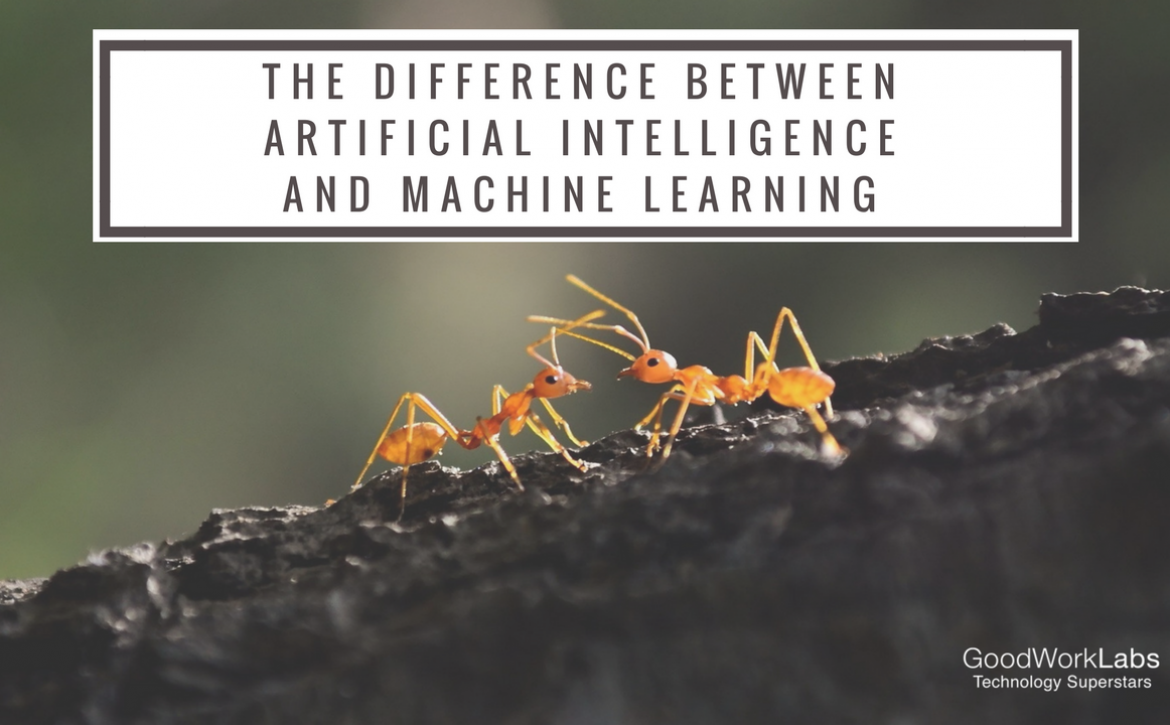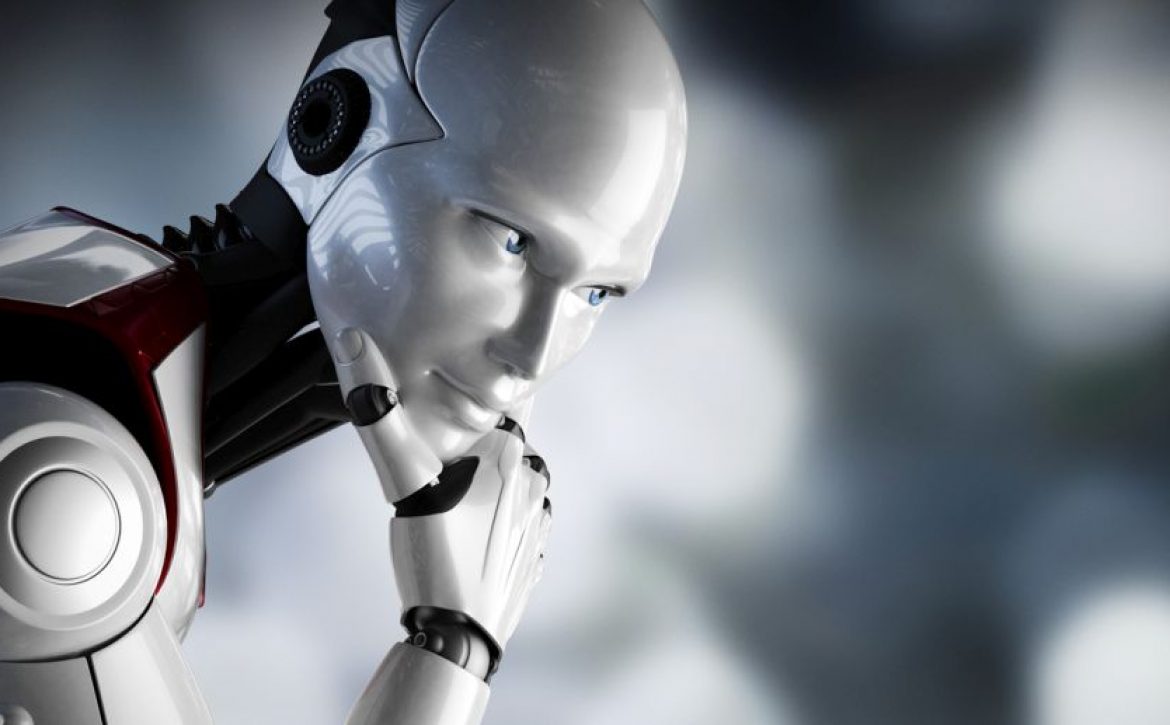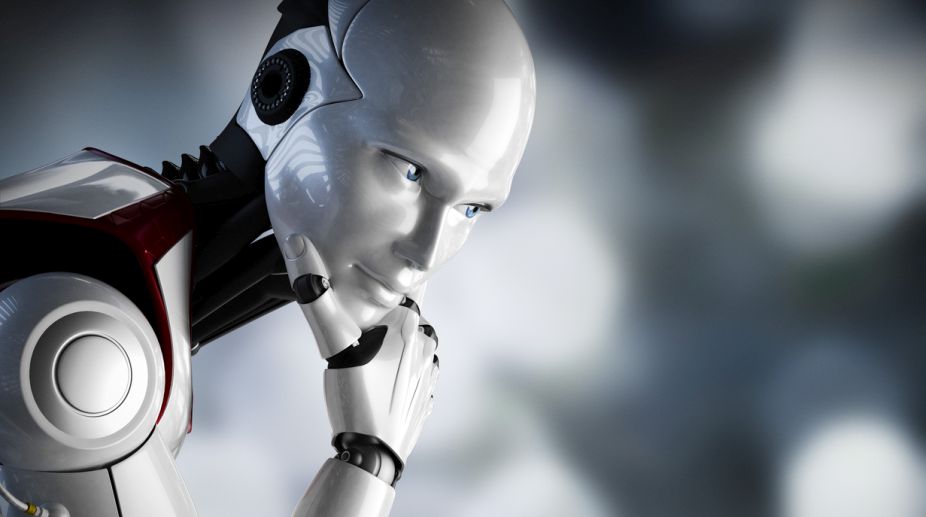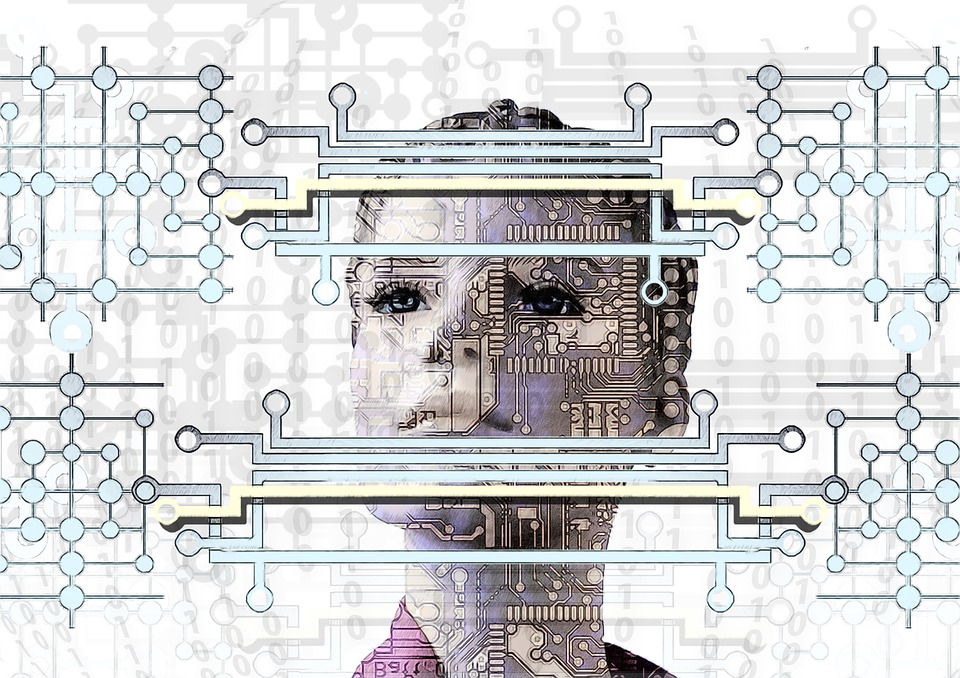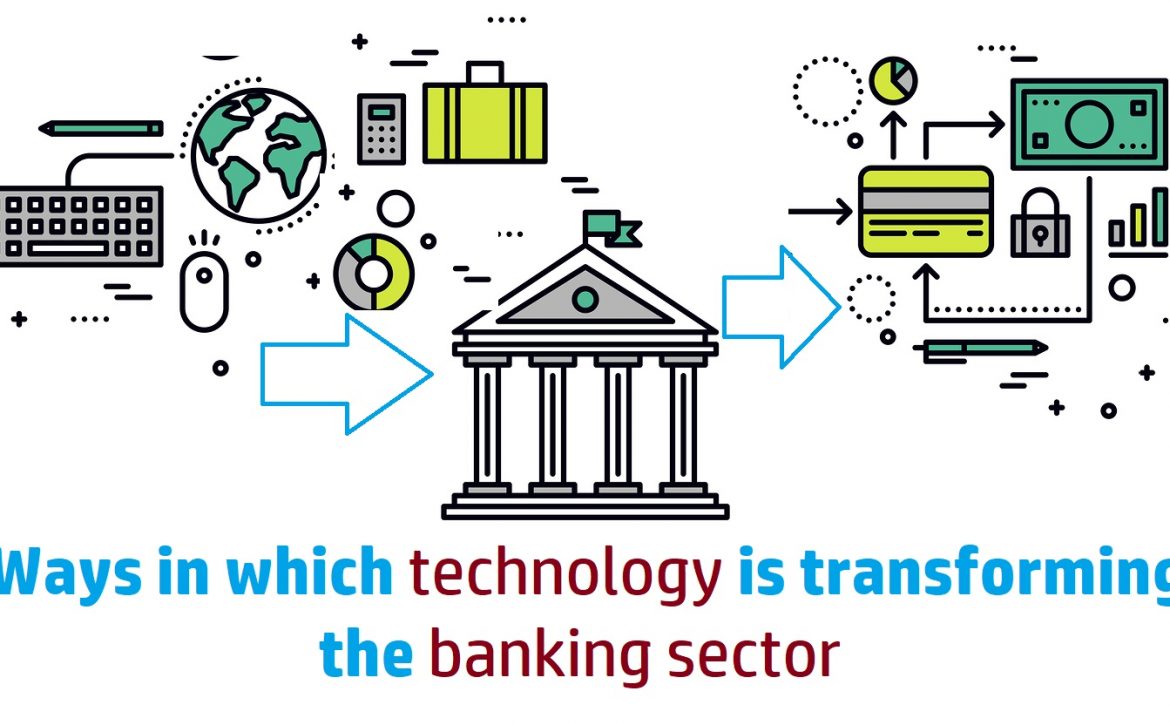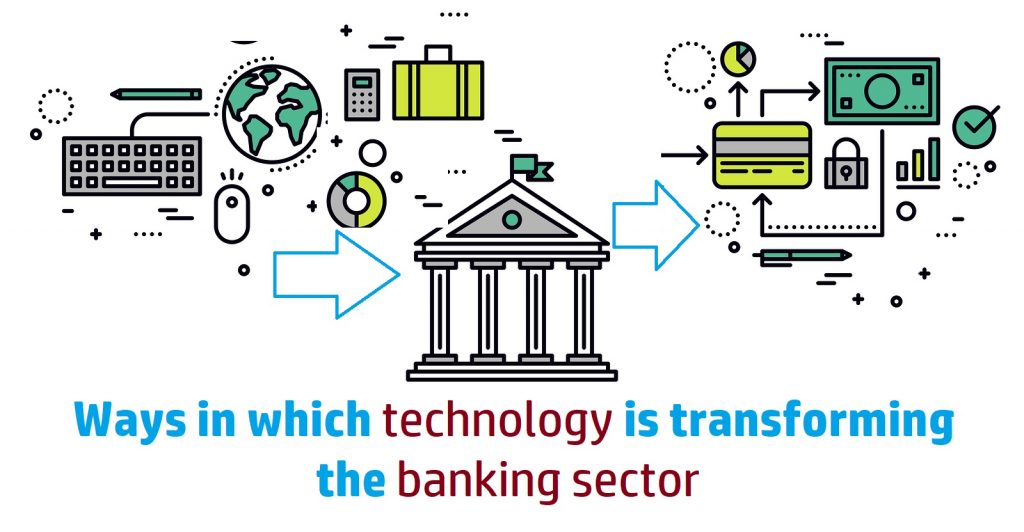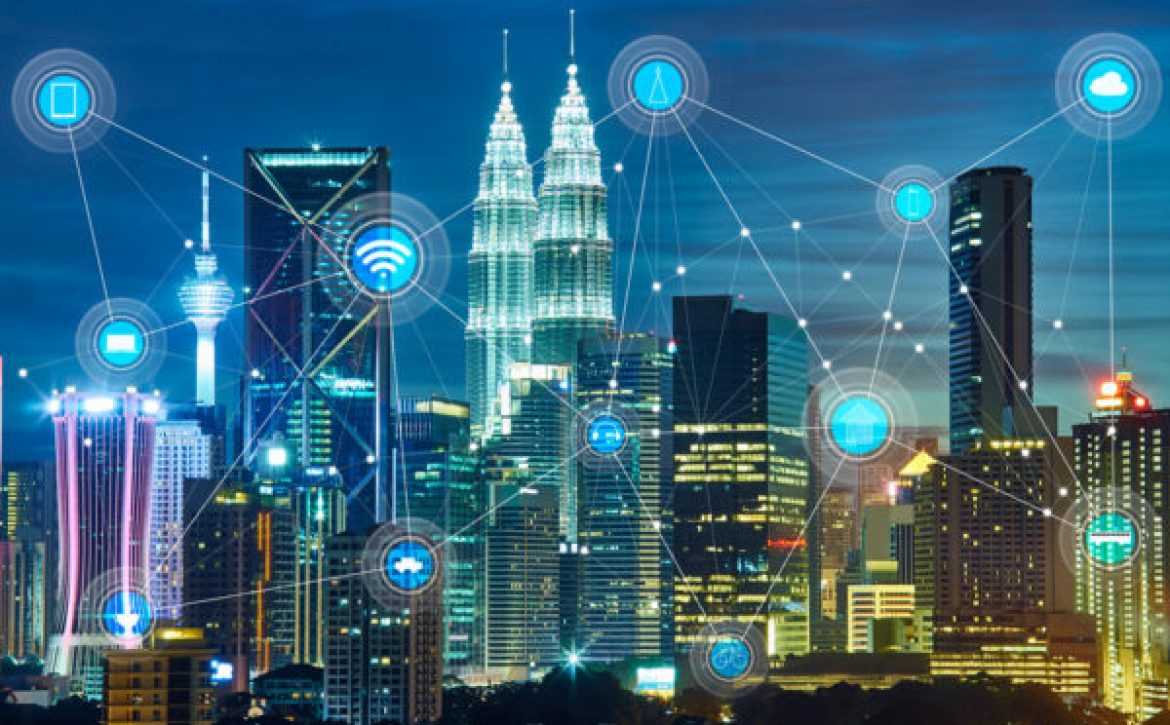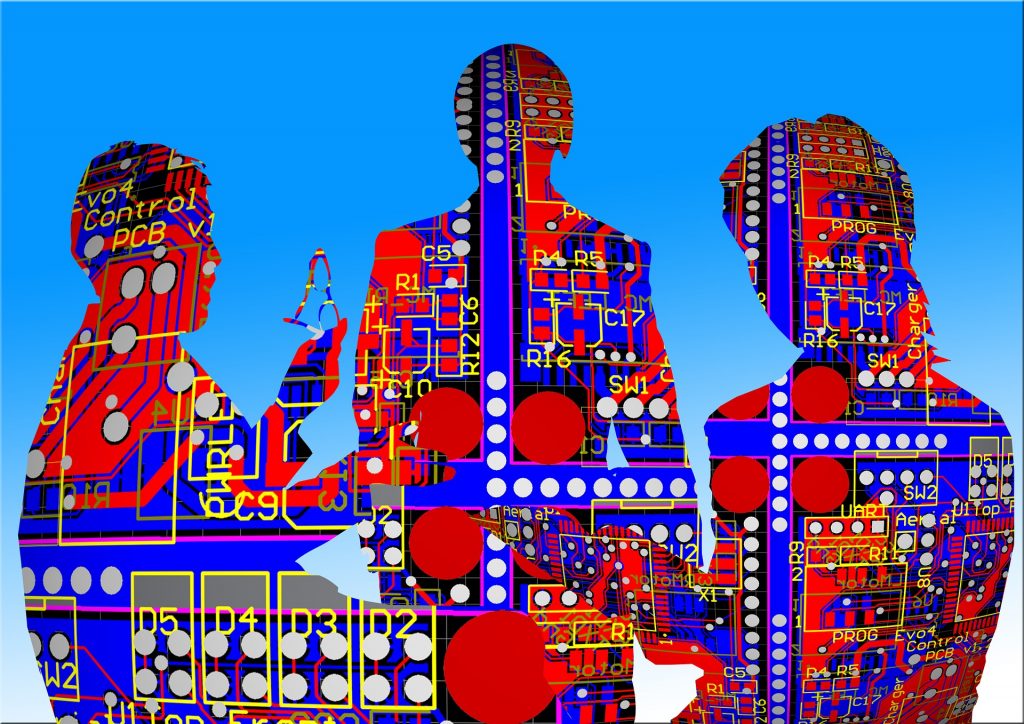The Difference Between AI & ML
Machine Intelligence Or Artificial Learning
AI stands for artificial intelligence, where intelligence is defined as the ability to acquire and apply knowledge.
ML stands for machine learning where learning is defined as the acquisition of knowledge or skills through experience, study, or by being taught.
Imagine we want to create artificial ants who can crawl around in two dimensional space. However, there are dangers in this world: if an ant encounters a poisonous area, it will die. If there are no poison in ant’s proximity, the ant will live.
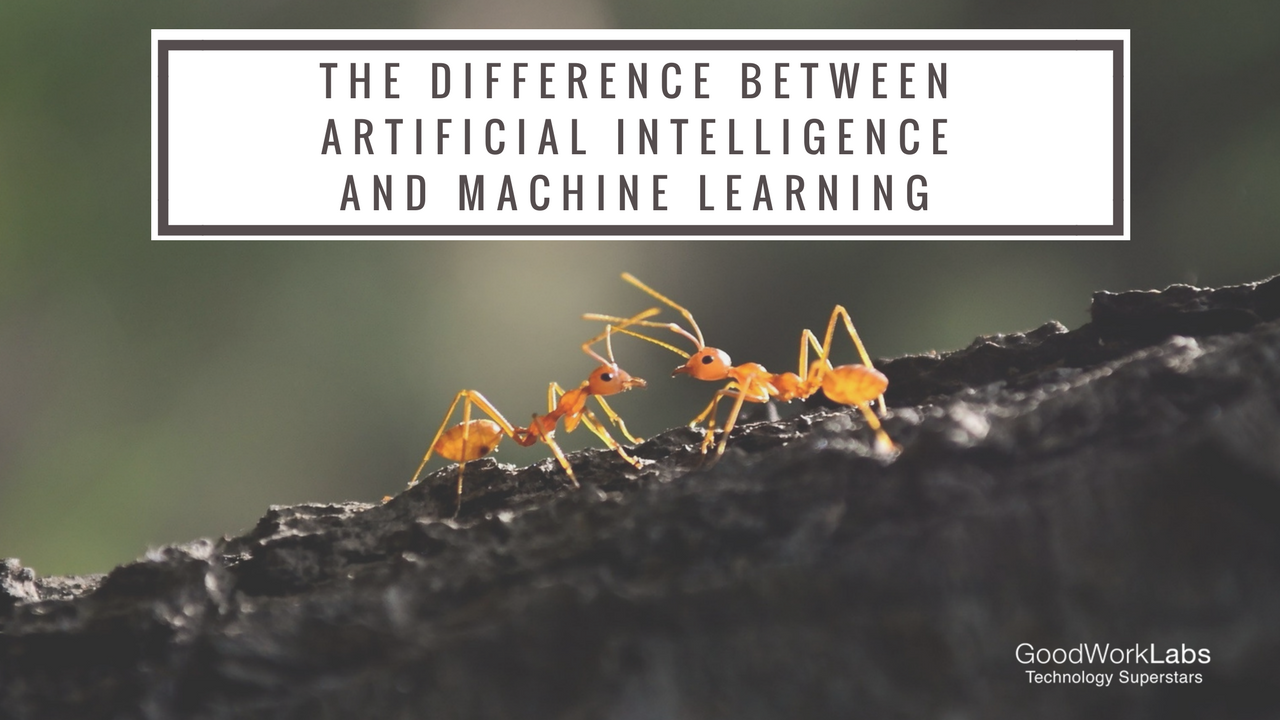
How can we teach ants to avoid poisonous areas, so that these ants can live as long as they wish? Let’s give our ants a simple instruction set that they can follow; they can move freely in two dimensional space one unit at a time. Our first attempt is to allow ants to crawl around by generating random instructions.
Then we tweak these ants and let them crawl around the world again. We repeat this until ants successfully avoid the poisonous areas in the world. This is a holistic machine learning way to approach the problem. We make ants to fit in configuration by using some arbitrary rule. This works because in each iteration we prune away a set of non-fitting ants. Eventually, we are pushed towards more fitting ants.
Now, what if we change the location of poisonous areas, what do you think will happen? Ants would undergo a huge crisis because they couldn’t survive in the world anymore; they couldn’t simply know where the poisonous areas are and therefore would not be able to avoid them. But why would this happen, and can we improve it further?
Could ants somehow know where the areas are and adapt their behavior to make them more successful? This is where artificial intelligence comes into play. We need a way to give ants this information, give them knowledge of the environment. Our ants need a way to sense the world. Until this, they have been living in completely darkness, without any way to perceive the world around them. For example, we can let ants to leave a short trail which other ants can sense. Then we can make ants to follow this trail and if they cannot sense a trail, they just crawl around randomly.
Now, if there are multiple ants, most of them will hit the poisonous areas and die. But there are also ants who won’t die and therefore crawl in a non-poisonous areas – they will leave a trail! Other ants can follow this trail blindly and always know that they will live. This works because ants can receive some information of their surroundings. They can’t perceive the poisonous areas (they don’t even know what poison is), but they can avoid them even in completely new environments without any special learning.
These two approaches are quite different.
- The machine learning way tries to find a pattern which ants can follow and succeed. But it doesn’t give ants a change to make local decisions.
- The artificial intelligence way is to let ants to make local decisions to be successful as a whole. In nature, we can find many similarities to this kind of artificial intelligence way to solve problems.
Artificial Intelligence — Human Intelligence Exhibited by Machines
Machine Learning — An Approach to Achieve Artificial Intelligence
AI can refer to anything from a computer program playing a game of chess, to a voice-recognition system like Amazon’s Alexa interpreting and responding to speech. The technology can broadly be categorized into three groups: Narrow AI, artificial general intelligence (AGI), and super intelligent AI.
IBM’s Deep Blue, which beat chess grand master Garry Kasparov at the game in 1996, or Google DeepMind’s AlphaGo, which in 2016 beat Lee Sedol at Go, are examples of narrow AI—AI that is skilled at one specific task. This is different from artificial general intelligence (AGI), which is AI that is considered human-level, and can perform a range of tasks.
Superintelligent AI takes things a step further. As Nick Bostrom describes it, this is “an intellect that is much smarter than the best human brains in practically every field, including scientific creativity, general wisdom and social skills.” In other words, it’s when the machines have outsmarted us.
Machine learning is one sub-field of AI. The core principle here is that machines take data and “learn” for themselves. It’s currently the most promising tool in the AI kit for businesses. ML systems can quickly apply knowledge and training from large data sets to excel at facial recognition, speech recognition, object recognition, translation, and many other tasks. Unlike hand-coding a software program with specific instructions to complete a task, ML allows a system to learn to recognize patterns on its own and make predictions.
While Deep Blue and DeepMind are both types of AI, Deep Blue was rule-based, dependent on programming so it was not a form of ML.
DeepMind, on the other hand, was.
So, essentially there is a huge difference between these two entities but they are dependent on each other.
Do you want to build a product with AI and ML? Then just drop in a quick message with your requirements!
[leadsquare_shortcode]


